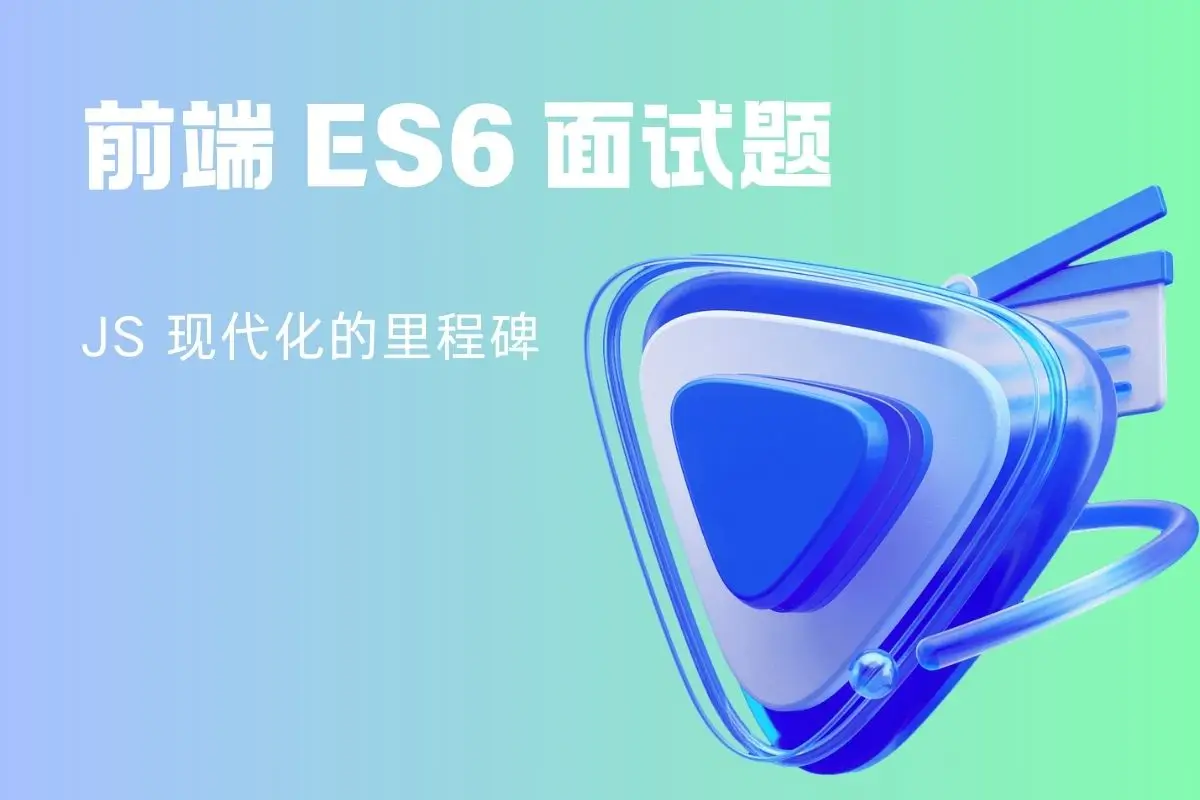在 ES6 及后续版本中,提取深度嵌套对象中的属性,最常用和推荐的方法是使用 解构赋值 (Destructuring Assignment),并结合 可选链操作符 (Optional Chaining, ES2020) 来安全地处理可能为 null 或 undefined 的中间层级。
以下是几种主要方法:
1. 解构赋值 (Destructuring Assignment) – 核心方法
这是 ES6 引入的核心特性,允许你从对象(或数组)中提取数据并赋值给变量,语法简洁直观。
基本用法:
const user = {
id: 1,
profile: {
personal: {
name: 'Alice',
age: 30,
contact: {
email: 'alice@example.com',
phone: '123-456-7890'
}
},
preferences: {
theme: 'dark'
}
}
};
// 提取深度嵌套的属性
const {
id,
profile: {
personal: {
name,
contact: { email }
},
preferences: { theme }
}
} = user;
console.log(id); // 1
console.log(name); // 'Alice'
console.log(email); // 'alice@example.com'
console.log(theme); // 'dark'优点:
- 代码非常简洁、可读性强。
- 可以在一次操作中提取多个不同层级的属性。
- 支持设置默认值(当属性不存在时)。
设置默认值:
// 如果 user 或 user.profile 不存在,profile 将是 {}
// 如果 user.profile.preferences 不存在,theme 将是 'light'
const {
profile: {
preferences: { theme = 'light' } = {}
} = {}
} = user;
console.log(theme); // 'dark' (因为存在)2. 可选链操作符 (Optional Chaining) – 安全访问 (ES2020)
解构赋值有一个潜在问题:如果中间的某个对象层级为 null 或 undefined,解构会抛出错误。
// 如果 user.profile 为 null 或 undefined,这行代码会报错!
const { profile: { personal: { name } } } = user; // TypeError: Cannot destructure property 'personal' of 'undefined' or 'null'.解决方案:使用可选链 (?.)
虽然可选链本身不是 ES6 的特性(它是 ES2020),但在现代 JavaScript 开发中,它与解构结合使用是处理深度嵌套对象的最佳实践。
// 方法一:先用可选链安全访问,再解构(推荐)
const personalInfo = user?.profile?.personal;
if (personalInfo) {
const { name, contact: { email } } = personalInfo;
console.log(name, email);
} else {
console.log('Personal info not available');
}
// 方法二:结合默认值和可选链(更简洁)
const {
profile: {
personal: {
name = 'Unknown',
contact: { email = 'no-email@example.com' } = {}
} = {}
} = {}
} = user || {}; // 确保 user 不是 null/undefined
console.log(name); // 'Alice'
console.log(email); // 'alice@example.com'可选链的优势:
obj?.prop:如果obj存在,则返回obj.prop,否则返回undefined。obj?.[expr]:可选的动态属性访问。obj?.func():可选的函数调用。- 避免了因访问
null或undefined的属性而引发的TypeError。
3. 传统方法(不推荐用于新代码)
虽然 ES6 之前的方法仍然有效,但相比解构和可选链,它们更冗长且易出错。
- 直接点号访问 (容易出错):
const email = user.profile.personal.contact.email; // 如果任何中间层级不存在,会报错 - 手动检查 (冗长):
const email = user && user.profile && user.profile.personal &&
user.profile.personal.contact && user.profile.personal.contact.email; - 使用 try-catch (性能差):
let email;
try {
email = user.profile.personal.contact.email;
} catch (e) {
email = 'default@example.com';
}
4. 使用 Lodash 等工具库
对于复杂的场景或需要兼容老环境,可以使用像 Lodash 这样的工具库。
const _ = require('lodash');
// get 方法可以安全地获取嵌套属性
const email = _.get(user, 'profile.personal.contact.email', 'default@example.com');
// 第三个参数是默认值总结
在现代 JavaScript(ES6+)中,提取深度嵌套对象属性的最佳实践是:
- 首选:解构赋值 + 可选链 + 默认值
- 使用 解构赋值 来清晰、简洁地提取所需属性。
- 使用 可选链 (
?.) 来安全地访问对象,防止TypeError。 - 在解构时使用 默认值 (
= defaultValue) 来处理属性不存在的情况。
- 避免 直接访问或冗长的手动检查。
示例(推荐写法):
const user = { /* ... */ };
// 安全地提取多个深度嵌套属性
const {
id,
profile: {
personal: {
name = 'Anonymous',
contact: { email = 'no-reply@example.com' } = {}
} = {},
preferences: { theme = 'light' } = {}
} = {}
} = user || {};
console.log(id, name, email, theme);这种方法结合了 ES6 解构的简洁性和现代 JS 安全特性的健壮性,是面试和实际开发中的标准答案。
THE END


